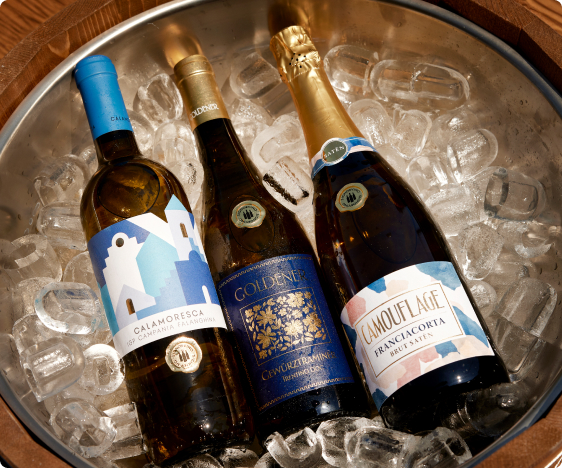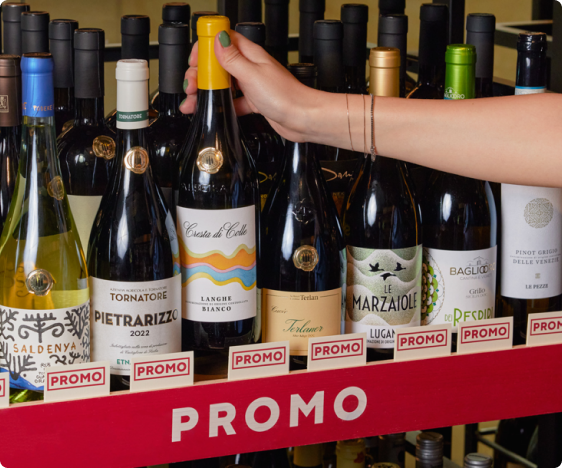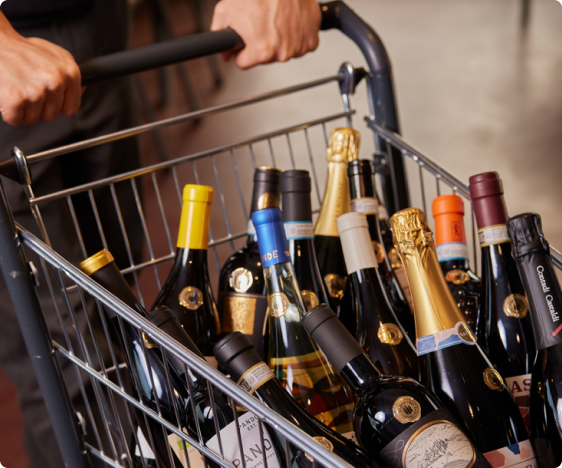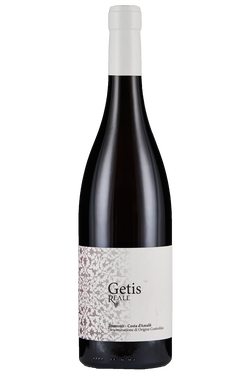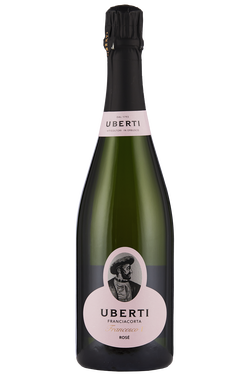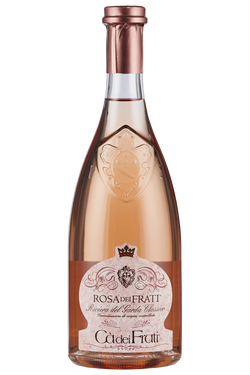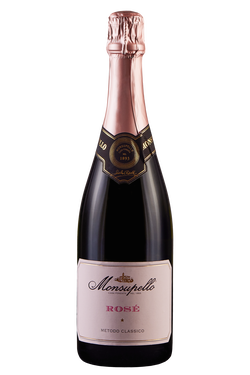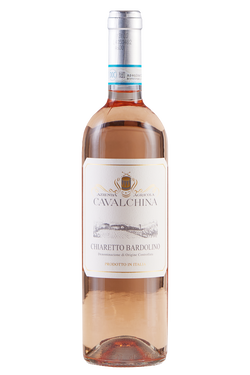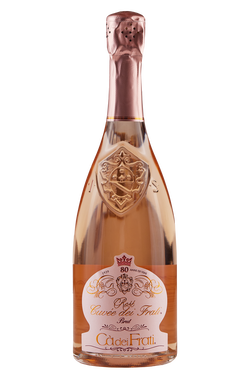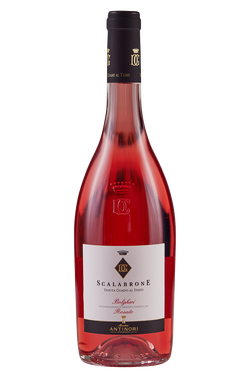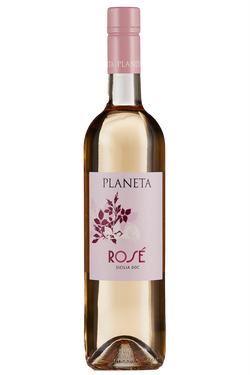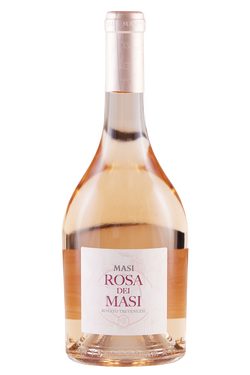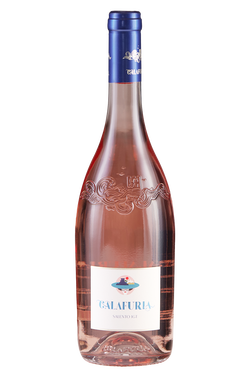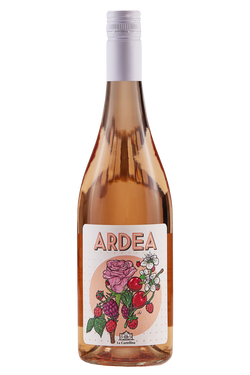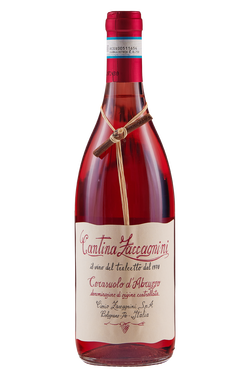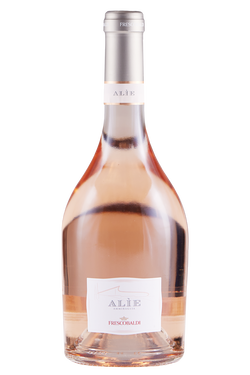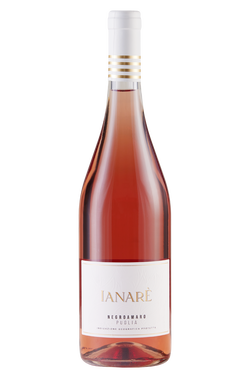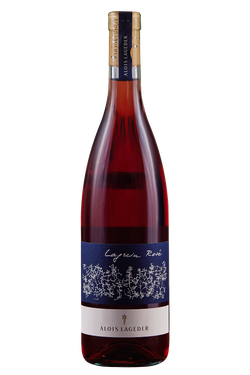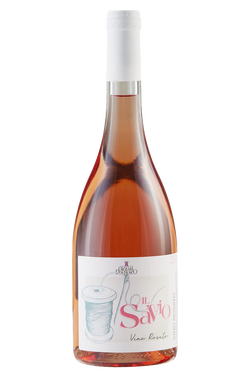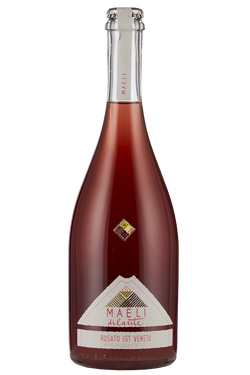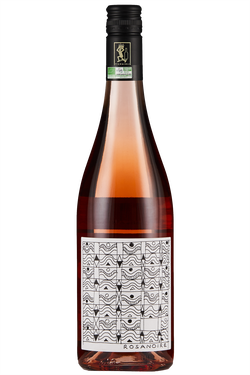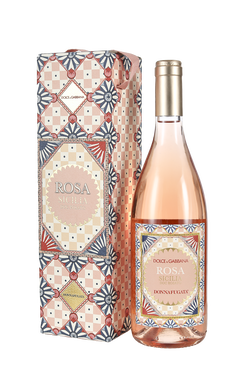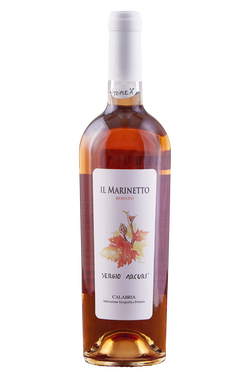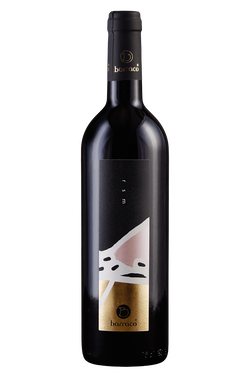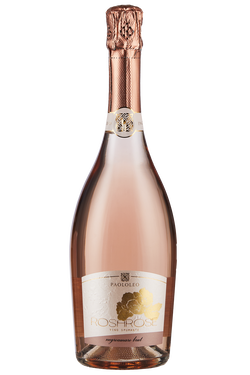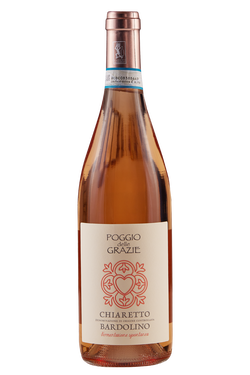- Wines >
- Rosé wine
The best rosé wines
Attractive rosé wines are produced throughout Italy, but some regions and designations in particular have become synonymous with rosé wines. Among these, we should particularly mention Lombardy and Veneto. These regions produce Chiaretto, a rosé that originates in the provinces of Brescia and Verona, in the area of Lake Garda, with a delicate nose of rose and light citrus fruits, followed by tangy freshness on the subtle, elegant palate. There are also the incomparable rosé wines from Salento, more intense and full-bodied than their cousins from Garda, because they are produced with the potent Negroamaro. Each Italian region seeks its own style for rosés, and in Alto Adige they are often produced with Lagrein, or from international varieties such as Cabernet Sauvignon, Merlot and Syrah.
The production of rosé wine
The first consideration that a winemaker must make, in order to produce quality rosé wines, is which grape variety to start with. There are vines that have such a wealth of pigments in the skin that maceration with the must needs to be kept short in order to avoid an excessively reddish rosé. Various production techniques are used, from “one night wines” – in which the skins are left to macerate in contact with the must for 8-12 hours, generally used by producers making only rosé wines from an entire batch of grapes, such as in the case of Chiaretto – to the saignée or drawing off technique. This is used by those winemakers who produce mainly red wine, but also some rosé. In this case, wineries take some of the first-pressing must from the tank a few hours after the start of maceration, in order to vinify it separately as a rosé.
Characteristics of rosé wines
When the base must has been prepared, the next step is normal fermentation, as happens with whites. Rosés are often fermented in stainless steel, without any barrel ageing, in order to maintain their fruity, floral aromas on the nose, and freshness on the palate. In some cases, if the variety has character and good body, as in the case of international varieties (Merlot, Cabernet Sauvignon, etc.), the resulting wines may display some of the qualities of both whites and reds. This is the case of some blind-tasted rosés, which were mistaken by tasting panels for whites on the nose, and for reds on the palate. This is the magical combination found in rosés: they can always be a pleasant surprise!
Pairings with rosés
You can have real fun with rosés, since they can be paired with practically any kind of dish, provided you know them very well. In the case of rosés with delicate aromas and attractive freshness on the palate, the focus can be on fresh cheeses, cold pasta and rice, and vegetable-based preparations, such as a rich aubergine parmigiana. Incomparable with shellfish, especially if full-flavoured, they can also accompany ragù or white meats, if made from varieties with serious structure and character. At this point you just have to experiment, perhaps opting for unusual combinations, such as sautéed mushrooms or baked pasta. Give them a try!
